Recent Posts
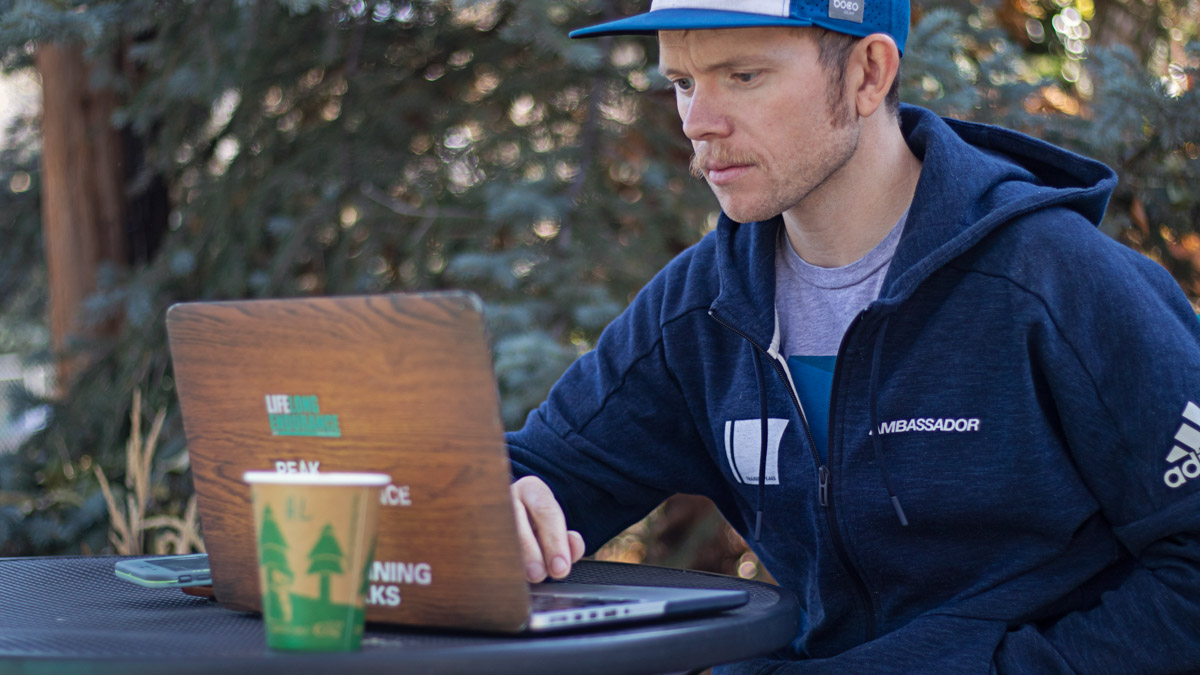
How to Avoid Stress-Eating While Working from Home.
Social distancing has many of us working all too close to the kitchen. Here’s how to keep your nutrition on track while working from home.
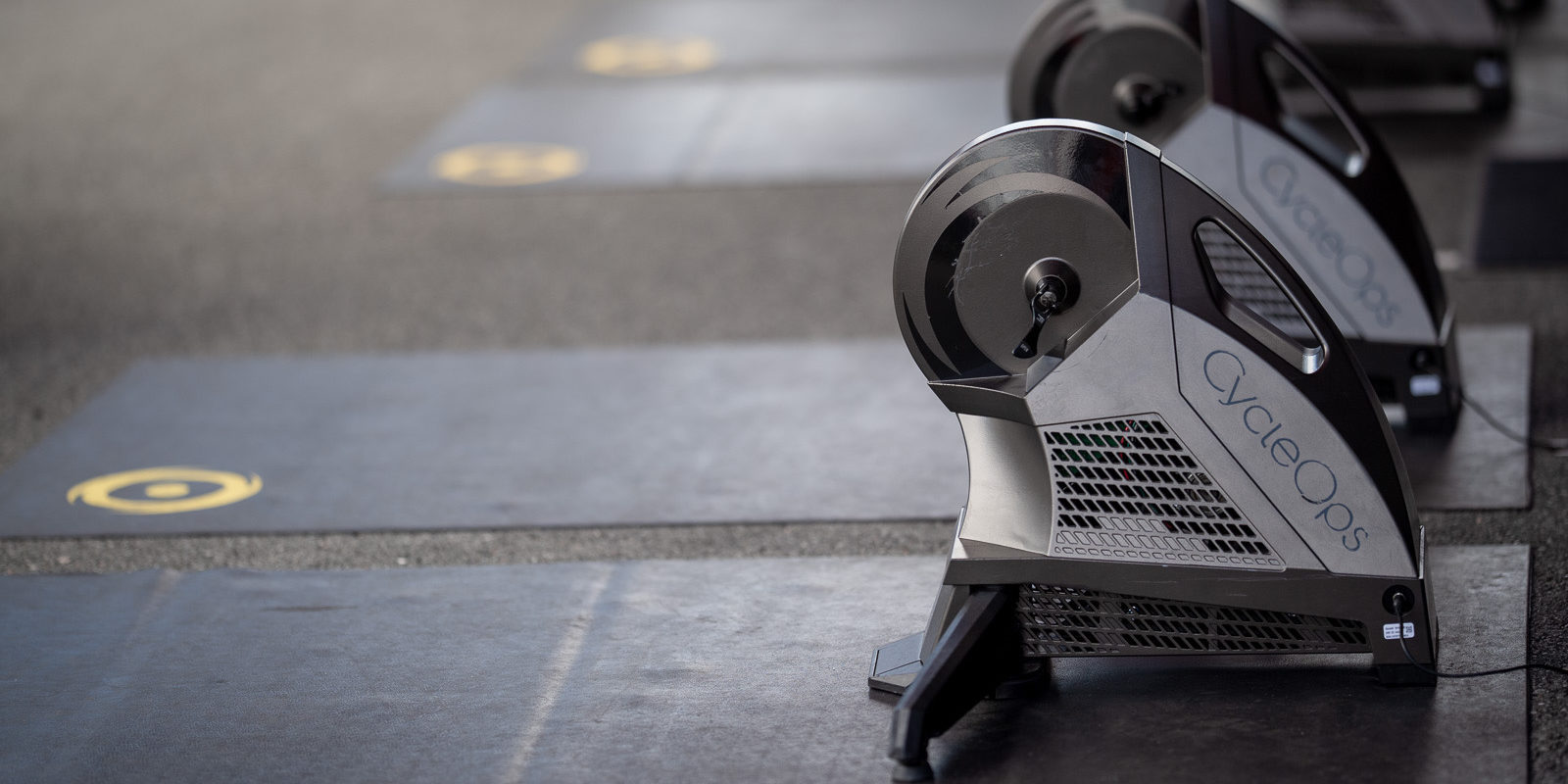
The basics of indoor cycling
Trek-Segafredo performance manager Josu Larrazabal's in-depth guide to getting the most out of your indoor workouts.
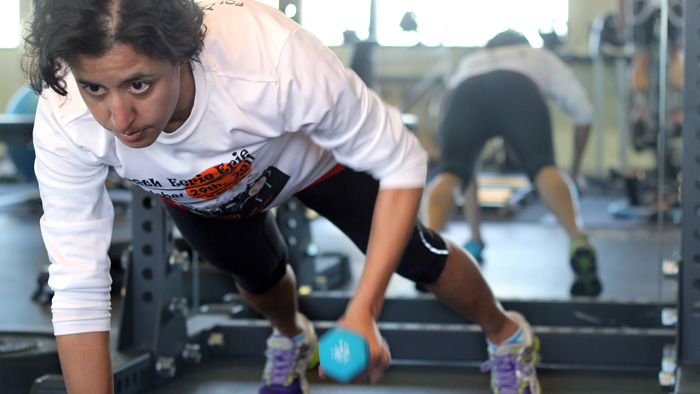
4 Tips For a More Productive Off-Season.
Winter presents unique challenges to endurance athletes. While some embrace the elements, others look for ways to make the best of the situation. These four tips from coach Mike Schultz offer ways you can optimize your winter training.
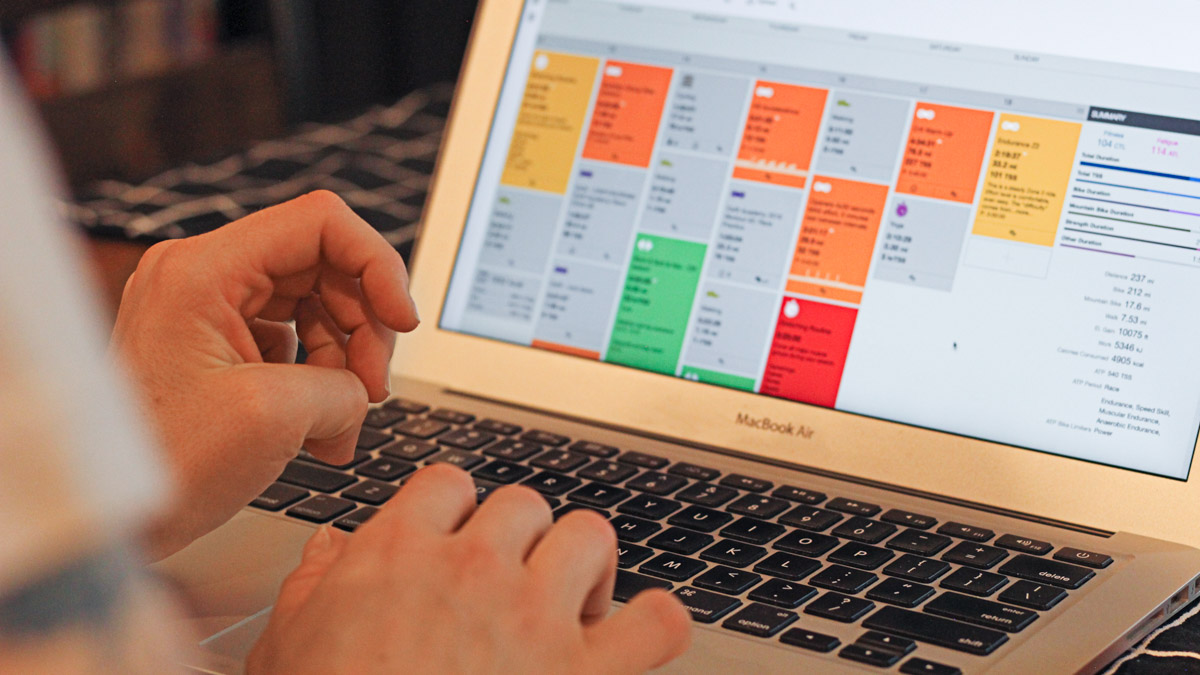
How to Handle Missed Workouts
It’s not a question of if, but when you’ll miss a workout. Here’s how to recalibrate and stay focused on your long-term journey as an athlete.
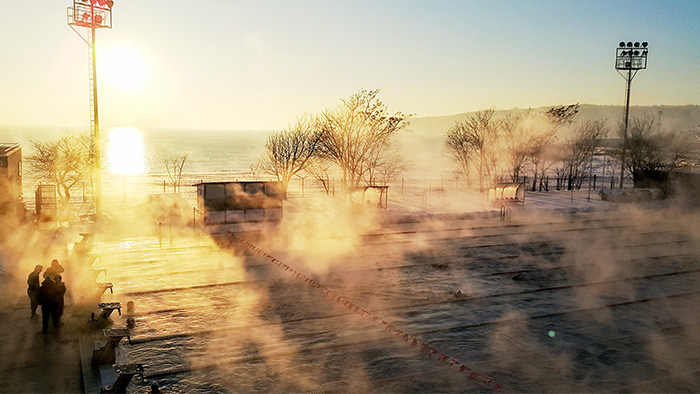
Early Season Swim Workouts For Improving Race Pace
Tackle early season swim fitness with these two workouts from pro triathlete Matt Chrabot that emphasize max efforts over shorter distances.

Can Intermittent Fasting (IF) Improve Your Performance?
Simply limiting your calorie consumption to a specific window every day could give you performance and health benefits.

Marginal Gains For The Everyday Cyclist
As athletes, we’re always looking for ways to get any extra edge. It’s easy to obsess over finding that one, big, shiny key factor that will change everything, like the aero bike or that dimpled time-trial suit, but what if you could identify multiple simpler (and more affordable) off-the-bike areas that you could improve on?
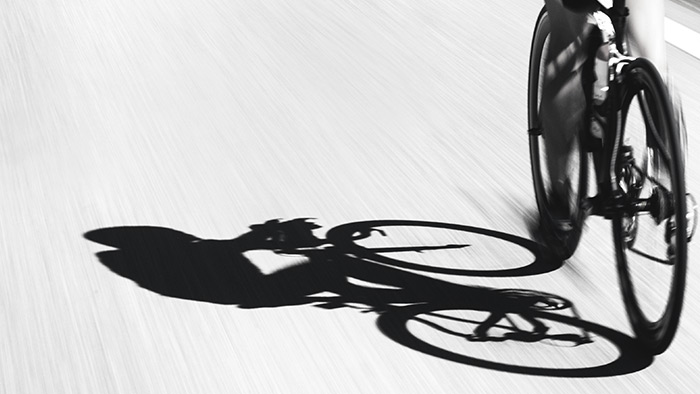
Pro Triathlete Matt Chrabot’s 6 Tips For Building a Solid Training Foundation
STU World Cup, IRONMAN and IRONMAN 70.3 champion Matt Chrabot knows a thing or two about building a solid training plan. Here are his top six training tips to follow all season long.
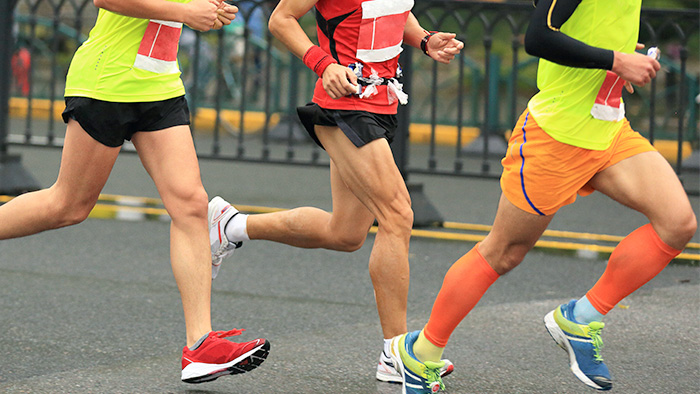
How To Finally Nail The Proper Running Form
Coach Rob Wilby takes a look at two different approaches to periodizing your training and helps you determine an approach that works for your life and available training time.
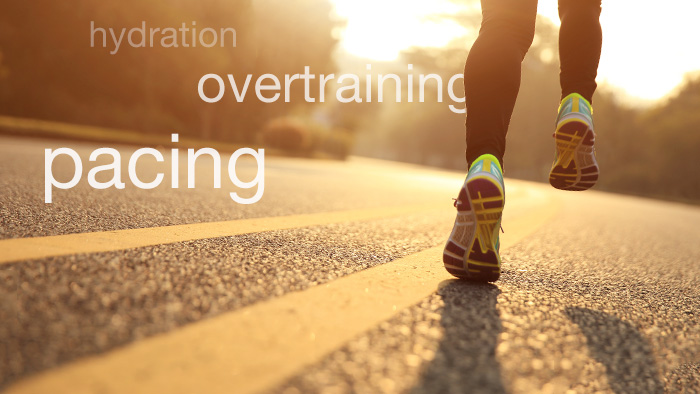
5 Common Mistakes When Training for a Half or Full Marathon
Training for a full or half marathon takes dedication and discipline, but listening to advice from those who have been through it before can help you avoid mistakes that will hold you back. Allie Burdick has been running for almost 20 years and has her list of top five mistakes to avoid as you prepare to reach your goals.
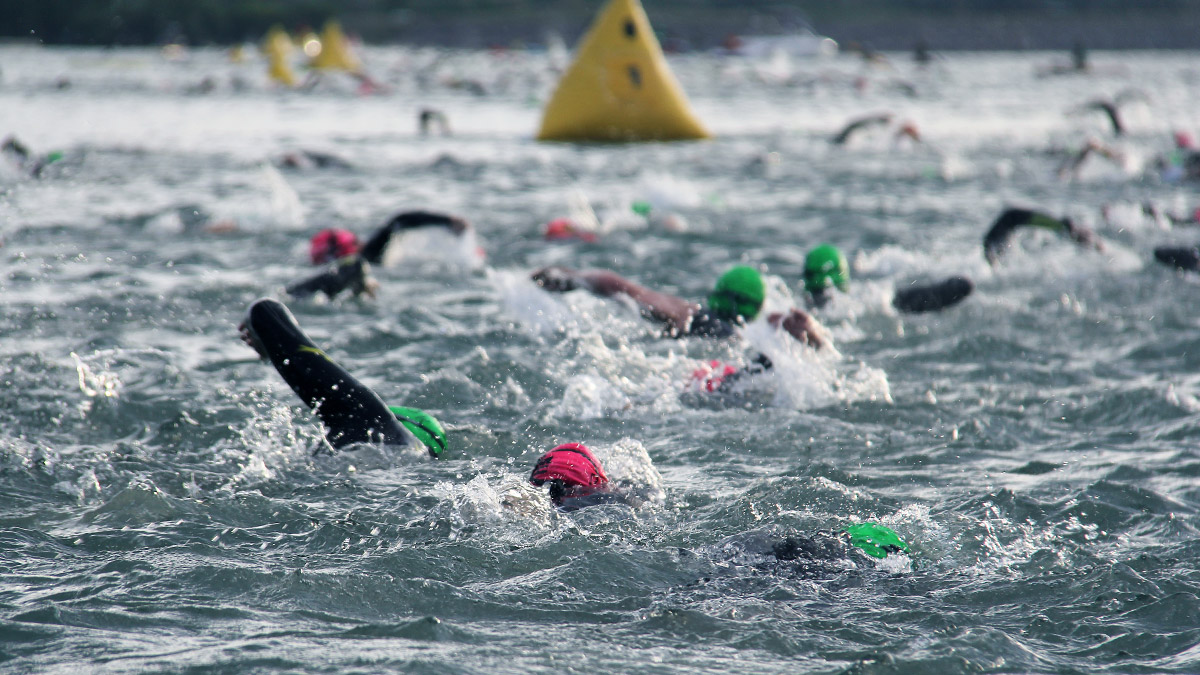
Swim Fast by Swimming Straight
Swimming in open water can be stressful, but not if you’ve practiced these key skills. Find out how to sight, breathe, and swim straight no matter what.

Reverse vs. Traditional Periodization for Triathlon Training
Coach Rob Wilby takes a look at two different approaches to periodizing your training and helps you determine an approach that works for your life and available training time.

Preparing for a Marathon, lets talk shoes
Whether you’ve just signed up for your first marathon or you’re a seasoned regular, buying new running shoes is a time to indulge, safe in the knowledge that you’re going to clock hundreds of kilometers in them.
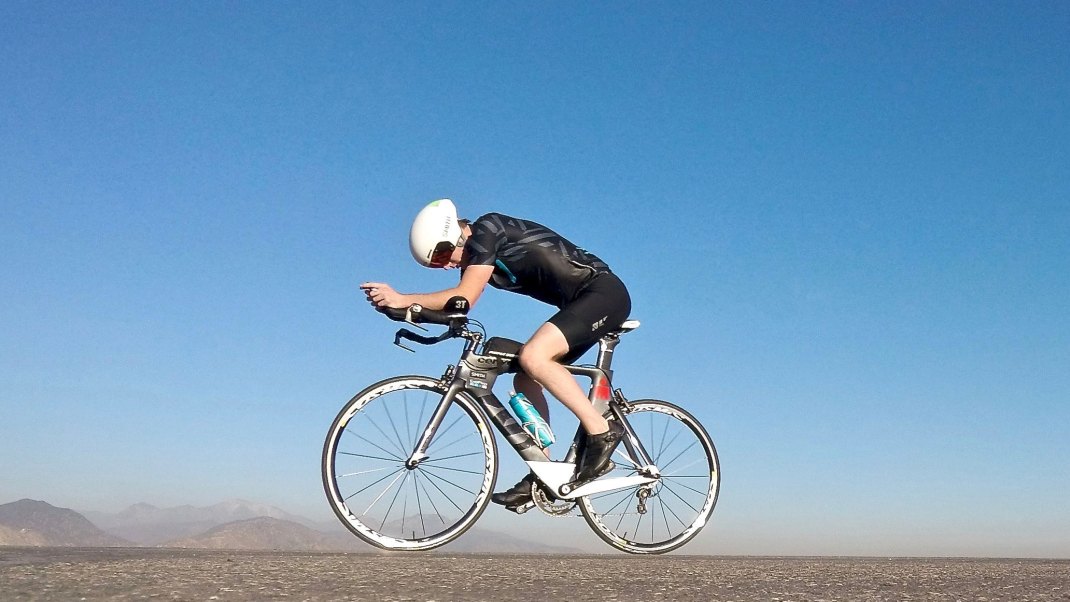
Dear Coach: Why Am I Not Showing Fitness Gains?
Despite consistent training, sometimes you might not see the fitness gains you're hoping to. Here’s how to cope with it.
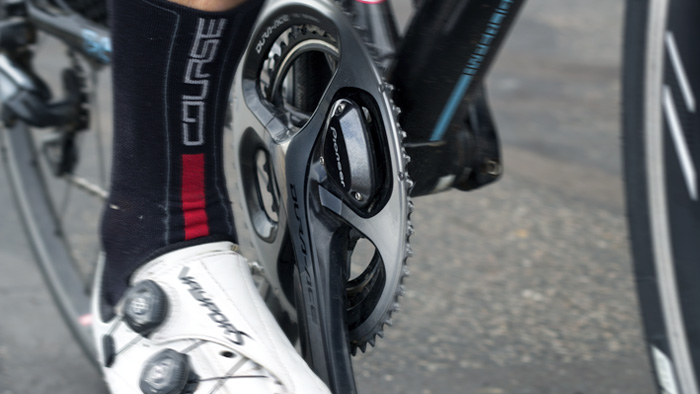
The Power of Power Meters
I still remember how excited I was to buy my first bike computer and heart rate monitor. I immediately plugged in my HR zones and started tracking my data using an excel spreadsheet. Then I got a “dumb” trainer and would use HR to train to videos. I felt official when I began using TrainingPeaks to monitor my metrics.
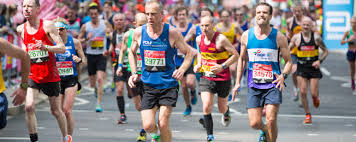
How to run a marathon with the 10/10/10 method
There’s so much that goes into training for a marathon, but learning how to pace yourself correctly for race day may be *the* most important element. Think about the elites: When they’re running a marathon, the actual racing doesn’t usually start until they’re around 18 to 20 miles in, or digging deep for that last 10K.

Triathlon Packing List
As an athlete geting ready for your first triathlon, it can be a daunting thing to ensure that you have packed everything. It is best to make a list, collect and collate all the items and lay them out before packing.

What's the Best Way to Increase Swim Distance
Swim training provides many benefits for triathletes, and at various times of the year it’s worth increasing swim yardage.
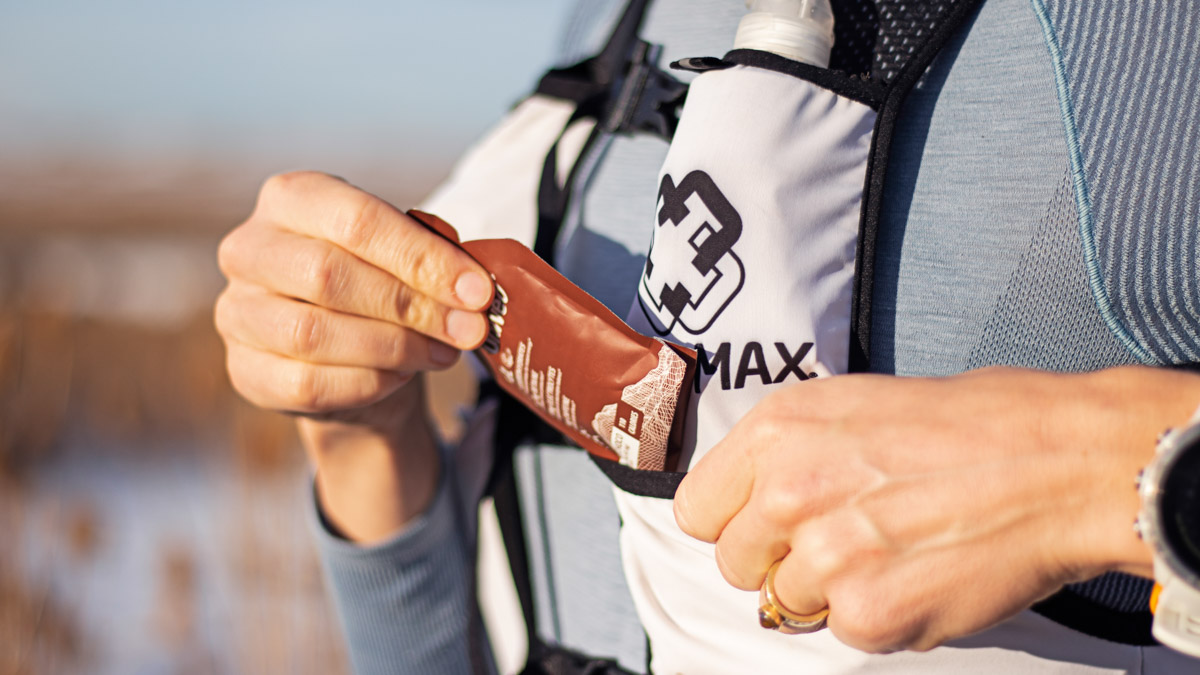
Pre and Post Workout Fueling for Your Athletes
s there a ton of info out there about training nutrition? Yes. Are we going to dive into all of that? No. But we will give you some clear, simple guidelines.
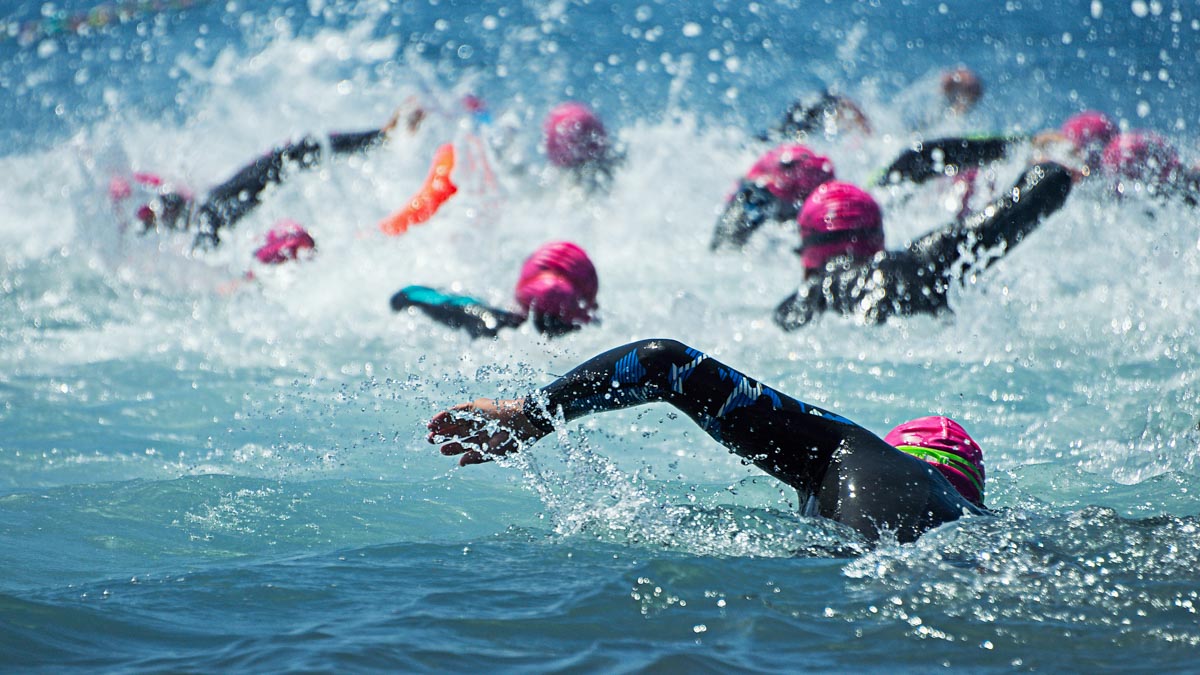
Overcoming Open-Water Anxiety for Beginner Triathletes
One of the biggest barriers to entry in the sport of triathlon is open-water swimming. Help your athletes get more comfortable in the water with these tips.
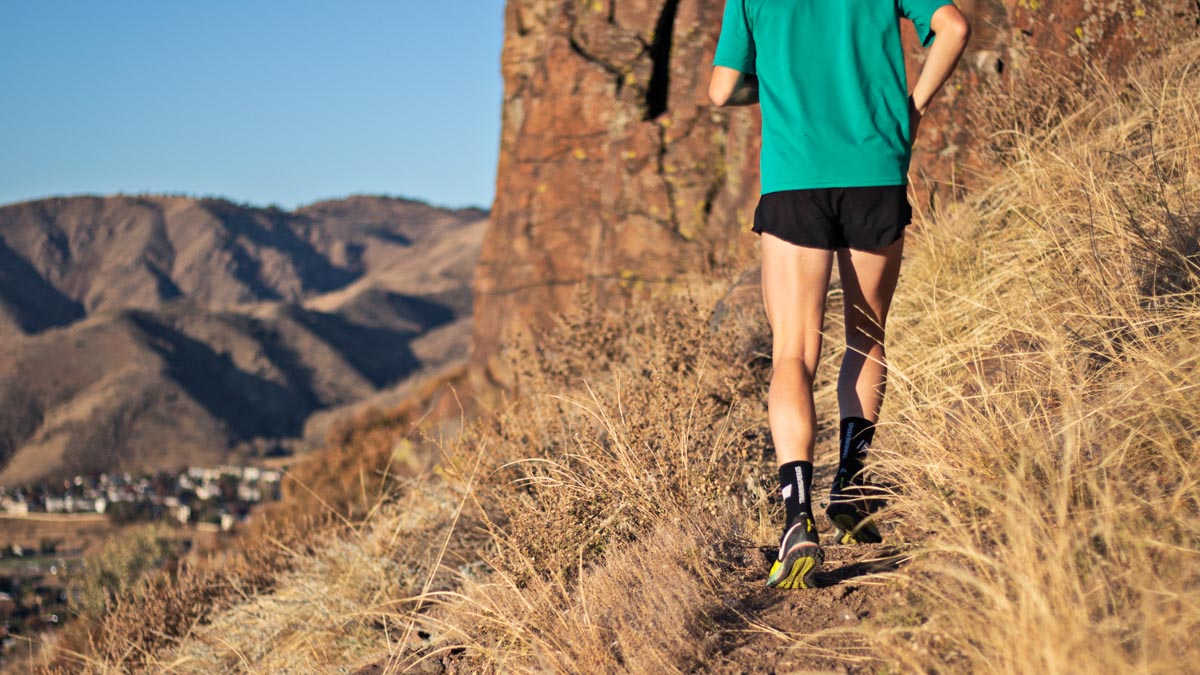
Is Running with Power Worth It?
Asking your athlete to invest in a running power meter needs to have solid reasoning behind it. Here’s what run power can tell you about their efforts..
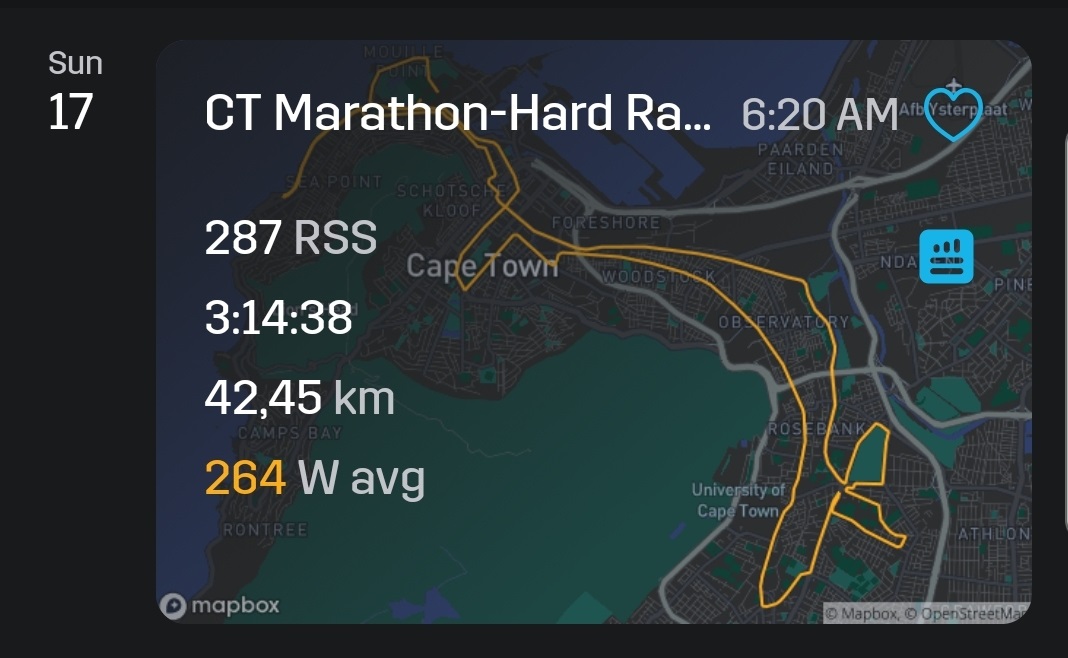
CapeTown Marathon Race Plan & Analysis - STRYD Power Meter
As a coach and also an athlete, I first try out all my training plans to ensure that they work! A plan needs to have a build phase, a race specific phase and a suitable taper for the event in mind. This also needs to take into cognisance life as we are not pro athletes and as age groupers have to balace work, family and social life as well as train for an even or a goal.
